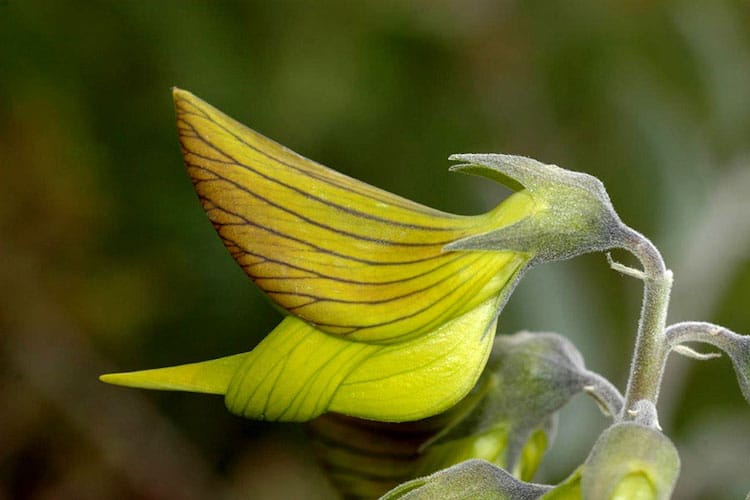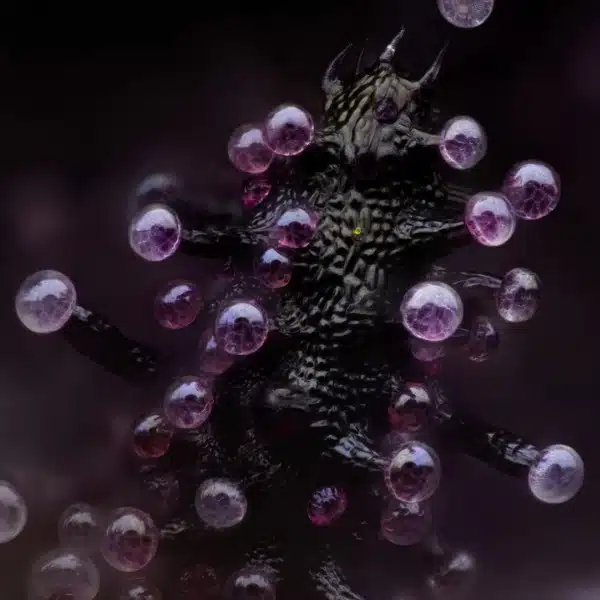🔥 Check out these flowers that look like tiny hummingbirds! from r/NatureIsFuckingLit
When Redditor Octopus Prime posted this photo of an unusual looking plant, the internet caught fire. In the palm of someone's hand, what appears to be an origami hummingbird is actually a flower. Instantly, everyone was wondering where this plant came from and what benefit it received from looking like a bird. Luckily, fellow Redditor SolitaryBee—a post-doc scientist studying flower evolution—was able to help shed some light on the situation.
The plant in question is known as the green flowerbird or regal flowerbird. Crotalaria cunninghamii is the stunning plant's scientific name. It's a member of the legume family that includes chickpeas and alfalfa. The perennial shrub is native to inland northern Australia, where it thrives along sandy dunes. Its ties to Australia are quite ironic, considering that no hummingbirds live there.
Many commenters associated the flowers' shape with an adaptive evolutionary development. But, as SolitaryBee helpfully pointed out, this couldn't possibly be the case. “The fact that the flower looks like a bird to humans cannot have evolved adaptively because as a signal receiver, there is nothing humans could have done to increase the fitness of individuals that evolved this signal (to look like a bird),” the scientist commented. “Unless indigenous Australians in arid Australia bred or traded the plant because it looks like a bird.”
Indigenous Australians did prize the flower, but certainly not for its ornamental value, which (as SolitaryBee points out) would have been considered a waste of resources. Green flowerbird has medicinal usage and Aboriginal people use it in an eyewash to treat infections.
The shape of the Crotalaria cunninghamii flower is actually owed to a common anatomical trait of legumes. Many have Papilionaceous flowers, which are characterized by irregular clusters of five petals and a large upper petal known as a banner. While Darwin hypothesized that the unusual shape developed under the selective pressure of bee pollinators, this doesn't mean that bees themselves think they're pollinating birds. If that was the case, the plant would never have survived.
In fact, it's highly unlikely that any non-human would mistake the flowers for birds. What we're experiencing when looking at the photo is something called simulacrum. Similar to the illusion we see when looking at trompe-l'oeil paintings, our eyes are tricking us into seeing a representation of an object that isn't actually present.
Check out more images of Crotalaria cunninghamii, the legume with flowers shaped like hummingbirds.
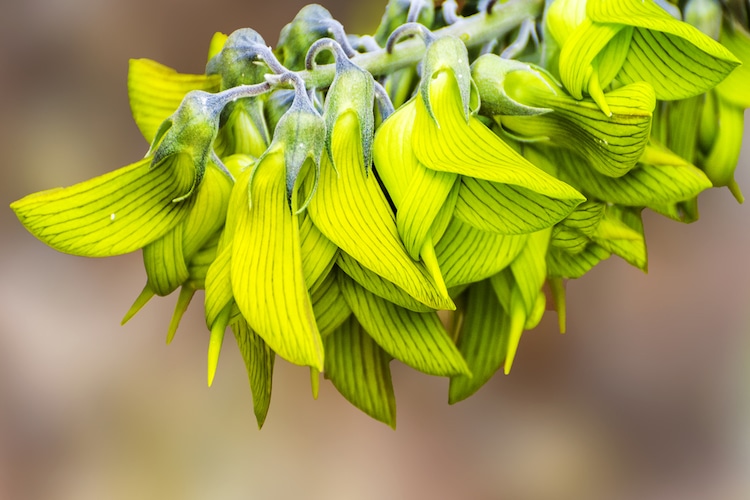
Stock Photos from imagevixen/Shutterstock
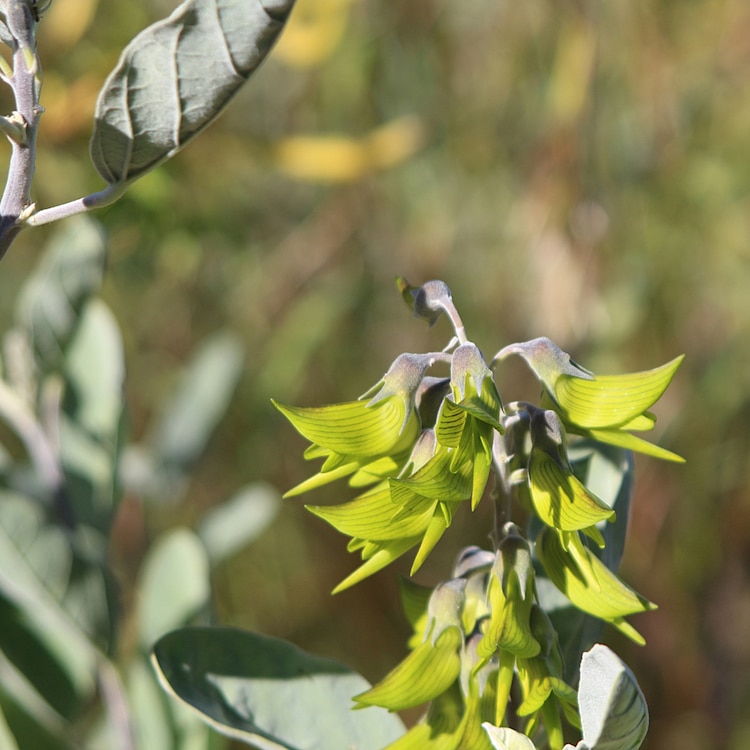
Stock Photos from Ines Porada/Shutterstock
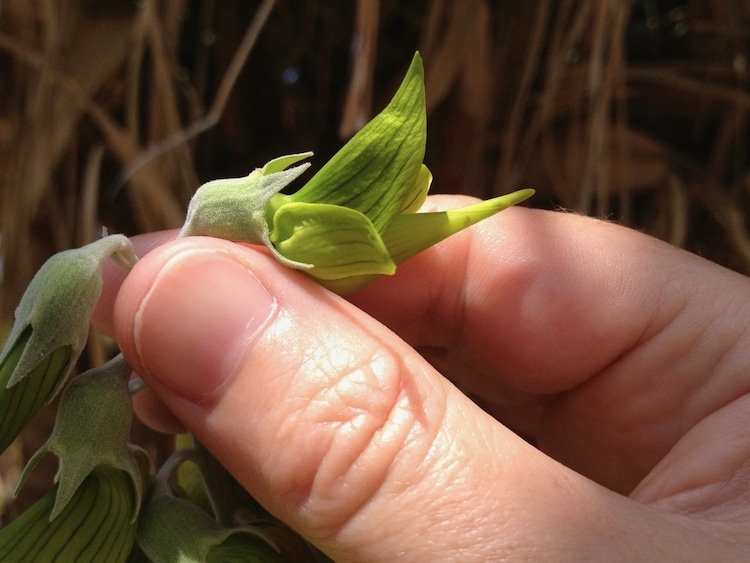
Stock Photos from Gregory J. Smith/Shutterstock
Related Articles:
Wondrous World of Flowers That Look Like Something Completely Different
Adorable Succulents’ Leaves Look Like Tiny Dolphins Jumping in the Air
Tiny Succulents Grow as Adorable Rabbit-Shaped Plants in Japan
